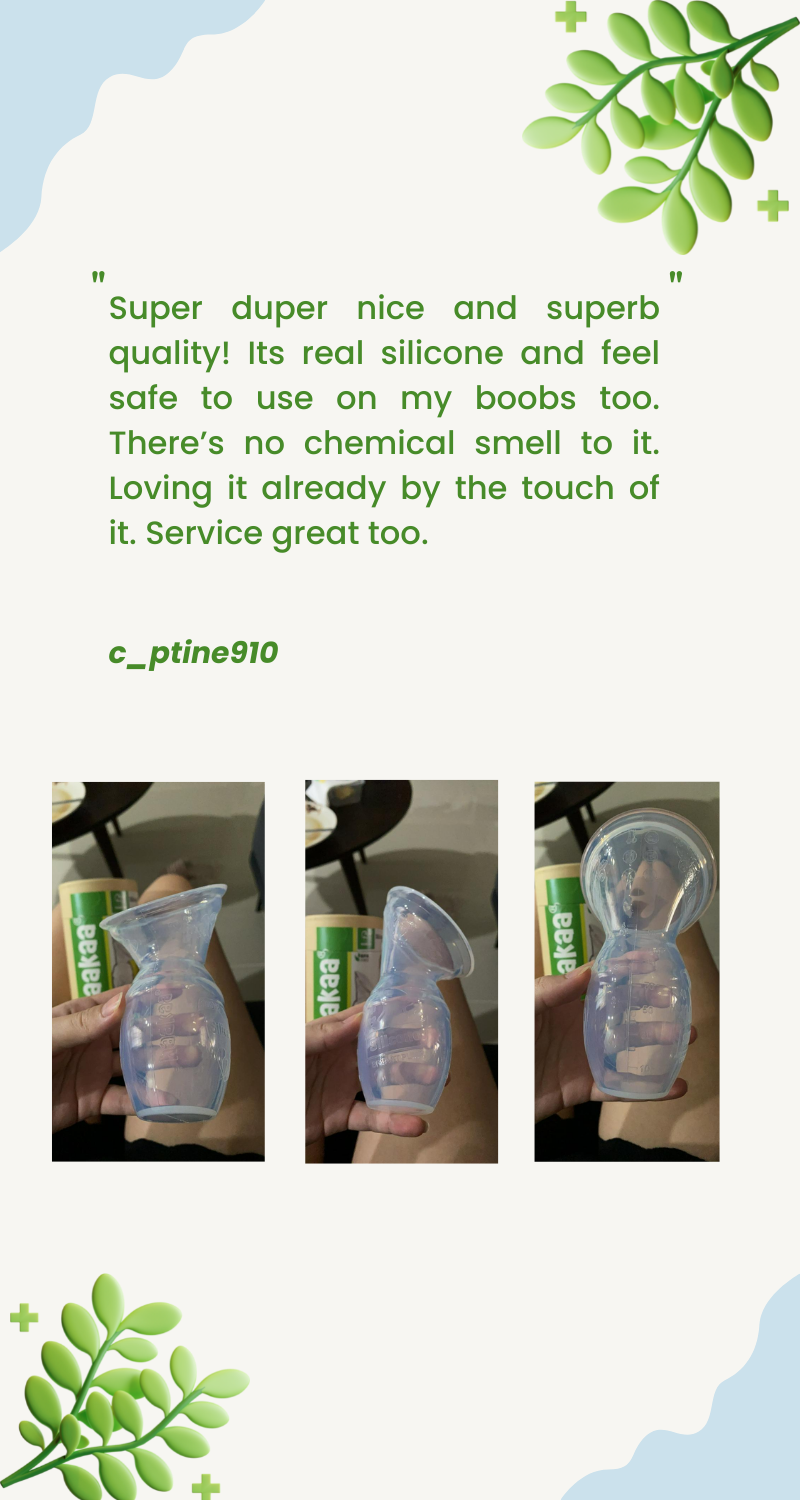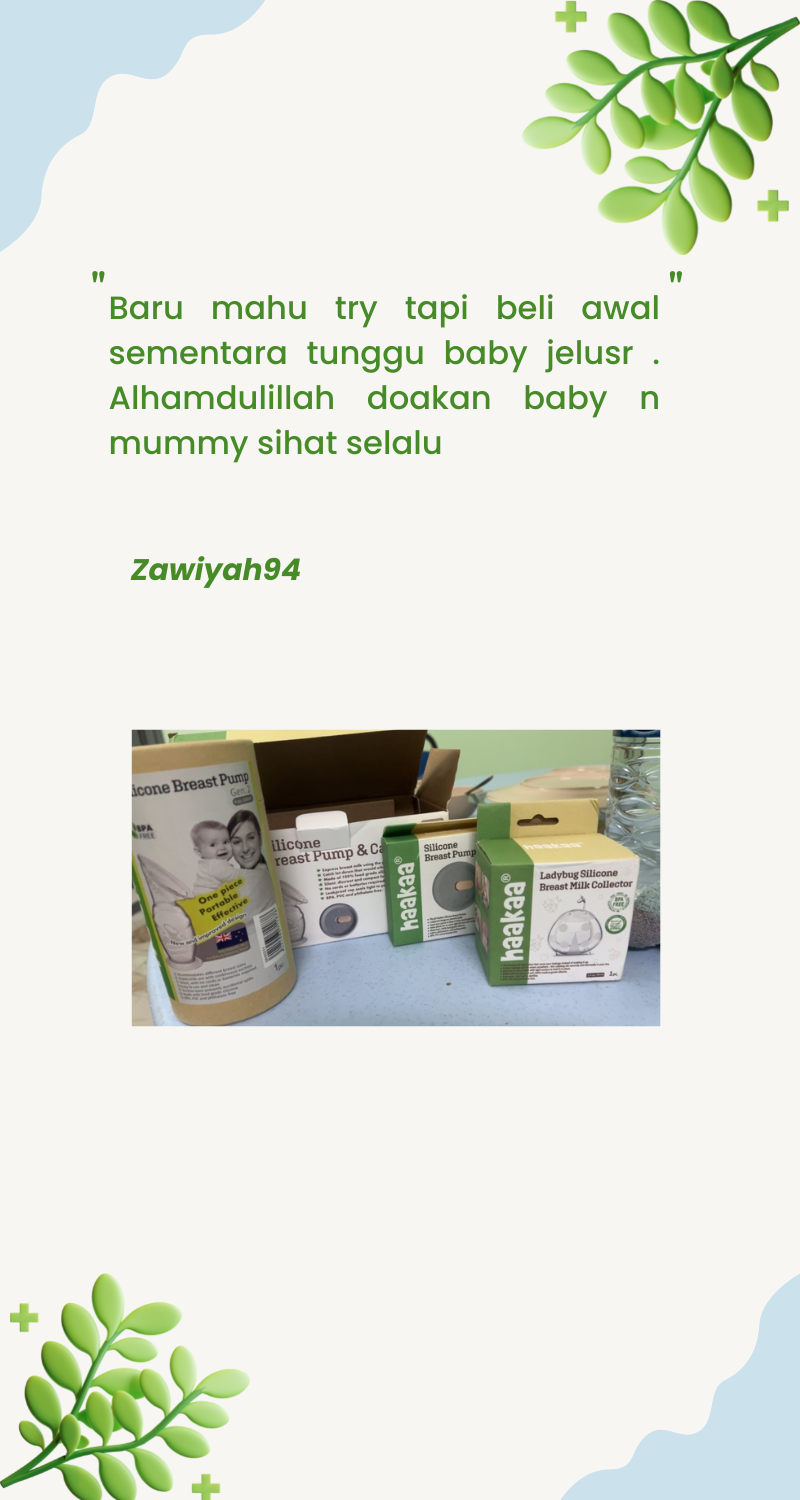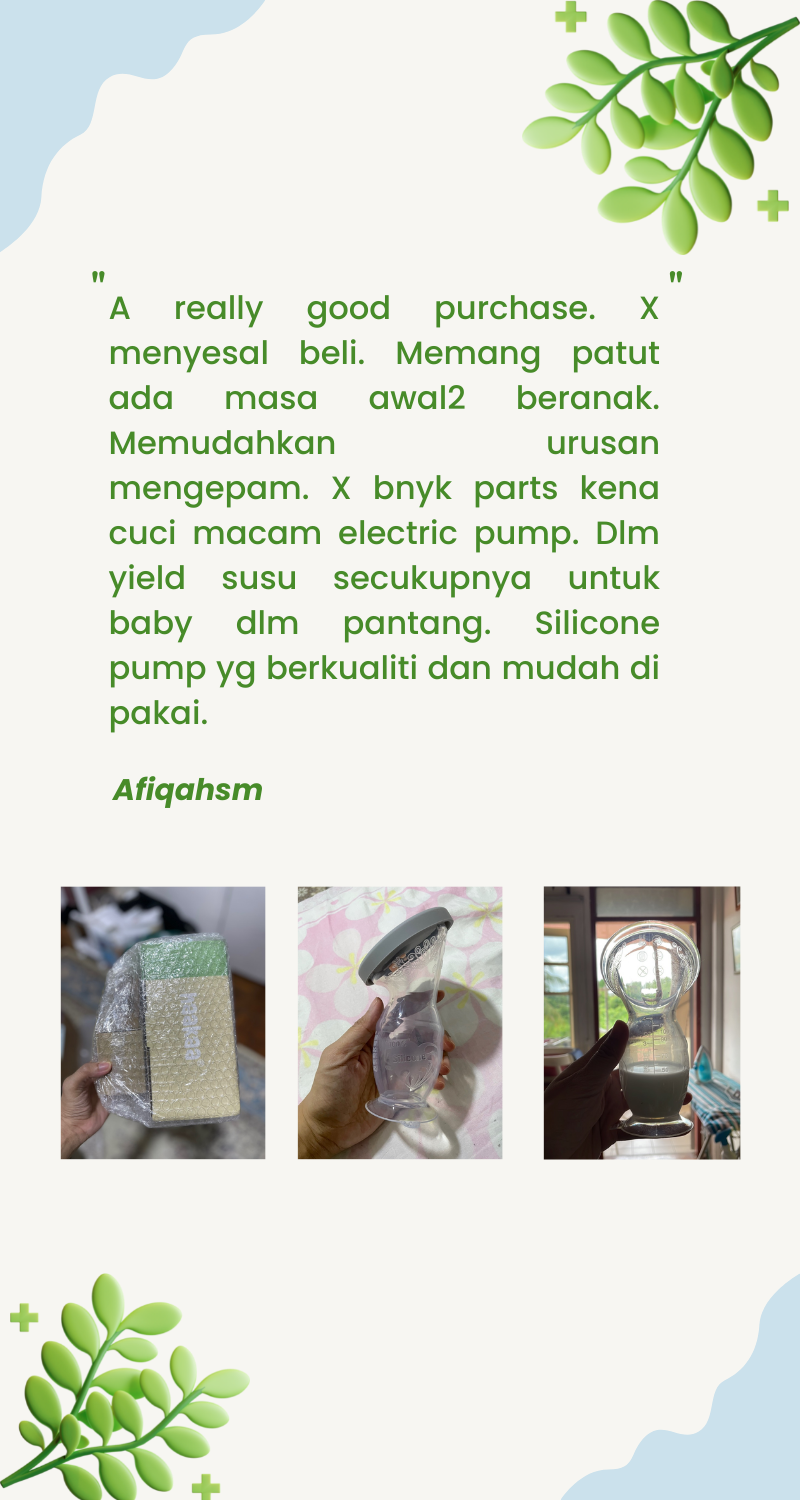Baby Bottle FAQs

Our Gen. 3 Baby Bottles have been an absolute hit with mamas – and for good reason! They’re super easy to use and clean, are completely non-toxic with no plastic nasties coming in contact with your milk, and can be used as your baby grows – transforming to a feeding dispenser, storage container or sippy bottle! We’ve been getting a ton of questions recently about our ever-popular baby bottles, so we’ve dedicated this week’s blog to answering some of your FAQs.
How do I differentiate between your baby bottle teat sizes?
Sometimes it can be confusing as to which teat is which – they all look the same from far away! However, if you look closely (more specifically, at the top of the teat where the milk comes out), you’ll be able to notice some differences in each of the nipple openings.
Slow Flow = one small hole
Medium Flow = two small holes
Fast/Variable Flow = criss-cross/X-shaped
Check our guide below to find out which bottle teat best suits the age of your baby!

What’s the difference between the Silicone Anti-Colic Bottle Nipple and the Silicone Orthodontic Bottle Nipple?
Both of the silicone bottle nipples we offer have anti-colic vents, are made of 100% silicone and are compatible with the rest of the Gen. 3 range.
The Anti-Colic Bottle Nipple has a design that’s based more off a traditional bottle teat. The shape of the nipple itself mimics the shape of a mother’s nipple during breastfeeding to help with an easier transition to the bottle, and it features dual anti-colic vents on opposite sides to minimise the intake of air during drinking.
The Orthodontic Bottle Nipple features a thumb-shaped teat that more accurately mimics the shape of a mother’s nipple during breastfeeding. The offset position allows you to safely feed your baby without completely inverting the bottle, and it has anti-colic vents as well to minimise the drinking of bubbles. Many mums have said that the unique design of the Orthodontic nipple is more readily accepted by their babies, and has helped their little ones take to the bottle much more easily!
Although the silicone bottles come with the anti-colic bottle nipple design and the glass bottles come with the orthodontic bottle nipple, they are both interchangeable so you can swap them out if your baby prefers one over the other!
Which bottle warmers are compatible with Haakaa Gen. 3 bottles?
Haakaa baby bottles fit in a range of popular bottle warmers:

You can also warm your milk directly from our Silicone Milk Storage Bags – simply pop them in hot water straight from the fridge or freezer! Remember to follow your country’s recommendations and guidelines when heating up breast milk, and to always test the temperature of the milk yourself before feeding your baby.
Why is my bottle leaking while feeding?
If your bottle leaks while feeding, it may be because the nipple flow is different to what your child needs. Haakaa bottles come with three different sized nipples to suit the different stages of your baby – Slow Flow, Medium Flow and Variable Flow. If the flow rate is too slow for your little one, they will have to suck harder to get more milk. This can push air up into the anti-colic vent, causing pressure to build and pushing liquid out of the neck of the bottle – causing leaks! To fix this situation, your baby may be ready for the next nipple flow level. As a general rule of thumb, the older the child, the faster the flow rate that is required.
Why is my bottle leaking while preparing or warming milk?
There can be a range of reasons why your bottle might leak when you’re preparing milk for feeding. One of these reasons might be that the temperature of the milk is too warm. This can increase the air pressure inside the bottle and cause leaks as the air tries to find its way out.
Over-tightening the pieces of the bottle while assembling it can also cause your bottle to leak, surprisingly enough! To prevent this, ensure that the attachment ring is not tightened too much on the bottle. Twist on until you feel resistance – and when you do, do not twist any further as the ring is screwed on tight enough. If you over-tighten the ring onto the bottle too much, it may lead to damage – which is something you definitely want to avoid!
Your bottle may also leak if the attachment ring is misaligned with the bottle body rim. Make sure to double-check to ensure that your Gen. 3 bottle has been assembled properly, as incorrect assembly can also lead to the bottle or its components being damaged.
Are Haakaa baby bottles dishwasher and microwave safe?
Our baby bottles are dishwasher safe, but we recommend hand washing with warm soapy water as dish detergent may affect the clarity of your silicone parts. Hand washing also ensures a thorough clean of every nook and cranny – particularly in those hard-to-reach areas (such as inside the bottle nipple)!
Haakaa baby bottles are microwave safe, but we would not recommend this method to warm your milk. Microwaving your milk will heat it unevenly, making it dangerous for your baby to drink as it could potentially scald them. Microwaving your milk can also destroy some of the beneficial properties of your milk.
What kind of soap can I use to wash my Haakaa baby bottles?
We recommend our Dish Soap Bar, but you’re free to use any gentle, mild detergent/dish soap if you prefer. Make sure that the soap is pH-balanced (neutral) to prevent any product markings or measurements from coming off.
Soapberries are also a great all-natural option for eco-conscious parents! You should not use any detergents or soaps that contain bleach-based agents as these can reduce the lifespan of your products by causing the materials to break down faster – especially silicone, as it will become sticky and unusable.
Which sterilisers are compatible with Haakaa baby bottles?
Haakaa baby bottles can go in any steam steriliser (electric or microwave), but the easiest way to sterilise them is by boiling the parts in water for 2-3 minutes. Do not use UV sterilisers to clean your Haakaa baby bottles as this can cause the materials to break down faster, shortening the product lifespan.
When should I replace my bottle nipples?
Many parents replace bottle nipples every three months as a general rule of thumb. However, another test you can do to see if your bottle teat needs replacing is to gently squeeze the bottle nipple. If you spot any tiny cracks on the surface, then that means it’s time to replace your bottle nipple.







